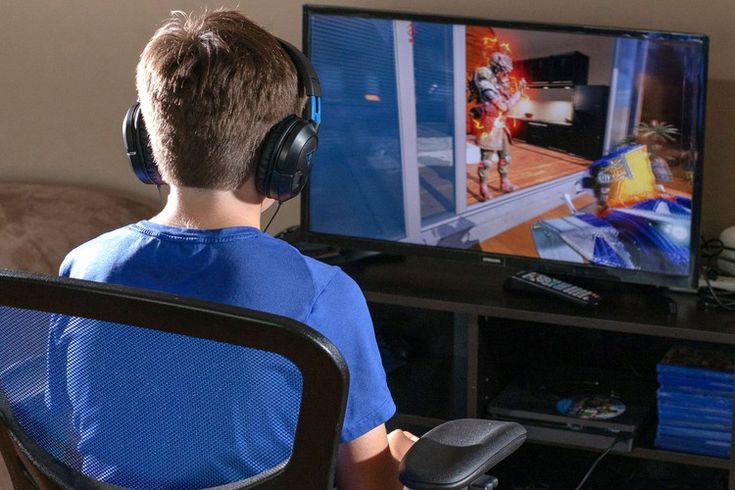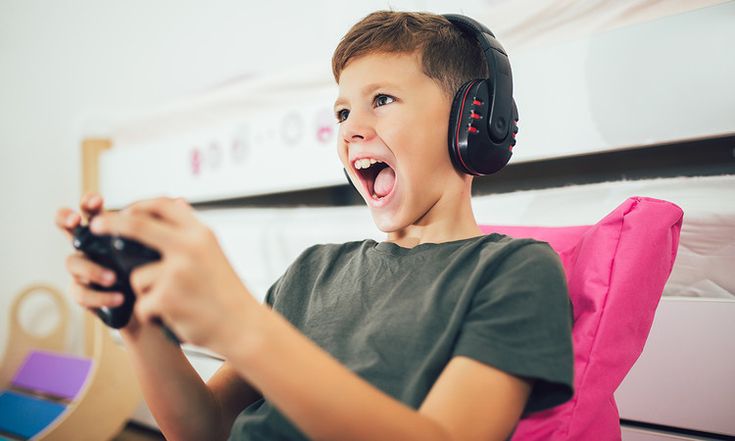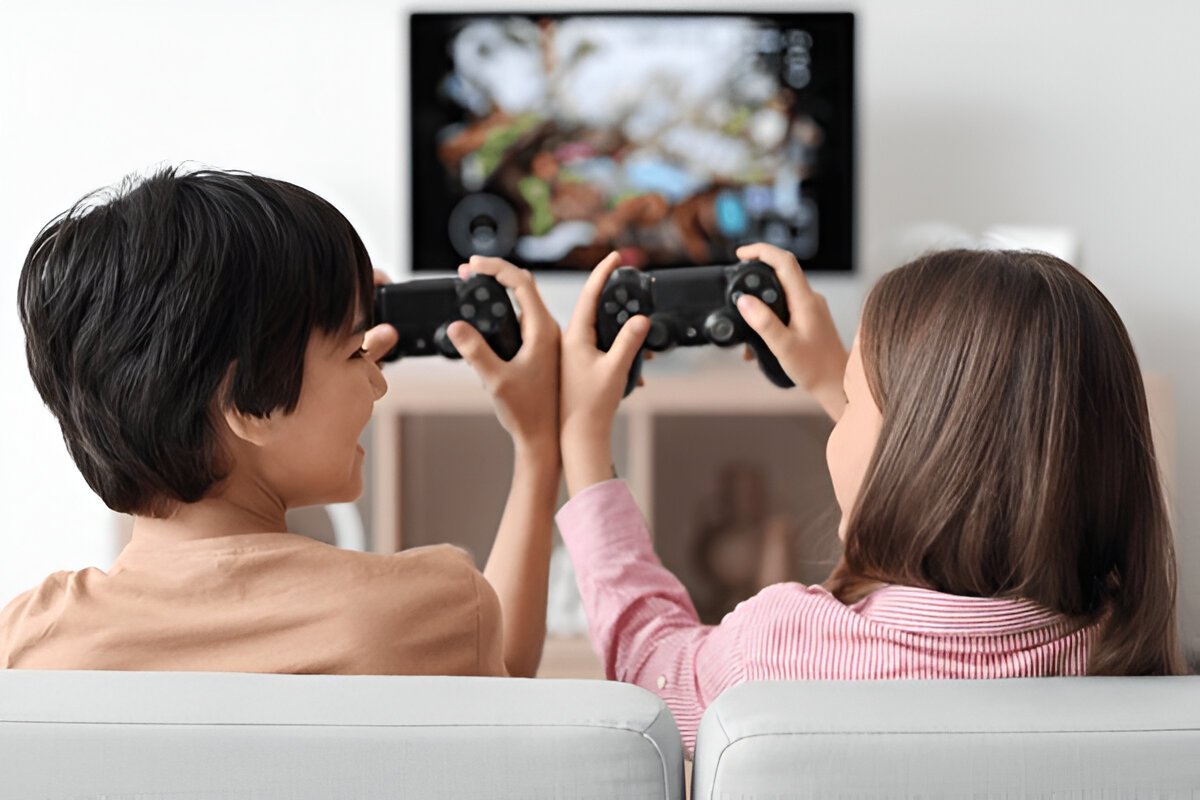You hear excited yelling from another room, the sound of frenetic clicks on a controller, followed by silence. You are not alone; it happens in millions of houses every week. And as a parent, you may think to yourself: are all of these games for 10 year old boys actually good for them? Are they learning something using this screen time that they can carry on into their future (skills), or is it just digital distraction?
It is a question many parents struggle with. In a world dominated by a seemingly overwhelming digital entertainment, it is easy to be pessimistic. The concerns surrounding screen addiction, dangers, nature deficit disorder, and limited outdoor play are all true, and rightly deserve attention, but are only one side of an often complicated and messy digital coin. In fact, the right kind of gaming when managed in a healthy and intentional way can be a surprisingly valuable tool for your child’s development.
I have learned that gaming can often be a source of conflict but sometimes can be a source of connection. This guide is intended to look beyond just the headlines and explore this topic in depth.
The 10-Year-Old Brain: Why Gaming is So Compelling

Before we dive deep into the pros and cons, it is important to understand why a 10-year old boy is utterly fascinated with gaming. This is not a passing phase – it is tapping directly into the needs of his development at this age.
Your 10-year-old son is at a crossroads – he is transitioning from the imaginative play of early childhood to a clearer perspective of the more structured, rule-based world. What he is seeking above all are three things:
When you understand that gaming is meeting these fundamental needs, you can shift your perspective from trying to eliminate it to figuring out how to guide it productively.
Beyond the Screen: The Surprising Cognitive Benefits of Gaming

When your child is walking through a complex virtual world, they are not only pushing buttons. Their mind is racing, developing essential life skills that will extend far past the confines of the game.
- The Ultimate Problem-Solving Gym
For the most part, popular games for 10 year old boys are just complicated virtual puzzles that play out over the course of many hours (or days). In the Legend of Zelda: Breath of the Wild, for example, players must use their knowledge of physics to solve puzzles in their environment, forcing them to think critically, hypothesize and learn from errors. Likewise, strategy games require players to develop resource management skills, long-term planning skills, and real-time cognition of the environment. This is way beyond the general memory that he is developing; it is a high-level cognitive exercise that encourages and refines neural pathways associated with critical thinking and executive function. - A Halt to 21st-Century Creativity
Open-games, or sandbox games, are digital playgrounds for the imagination. In Minecraft, a boy isn’t just placing blocks in order, he is learning about principles of architecture, allocation and project management. He can then seamlessly transition to Roblox to not only play games but design and code them, where he will learn fundamentals of programming in a high-motivating environment. - The Digital Clubhouse: Social Skills in the 21st Century
By 2025, gaming has become uniquely social. With games such as Rocket League, or cooperative missions in adventure games, kids learn skills in communication and collaboration and good sportsmanship. They learn to share and communicate a plan of action, how to give constructive feedback to other players, how to work together to achieve a goal, how to be a good winner and loser and how to genuinely share in someone’s else’s victory – significant lessons for life and careers. - Building Resilient Thinking, One “Game Over” at A Time
Video games provide a lesson that is often hard to impart in the real world; that failure is not the end, it is an opportunity to learn. If a player has failed a level on a game, he doesn’t just put it down and walk away. The game asks the player to assess what went wrong, change their strategy, and continue on. The feedback loop creates a strong and resilient growth mindset that fosters a spirit of perseverance through challenges and adversity – perhaps the most important skill to consider when predicting long term success.
Navigating the Downsides: Your Proactive Parent Playbook
Having a balanced perspective also means recognizing potential downsides. Unregulated gaming can cause unwanted behavior, exposure to inappropriate content, and in some cases, compulsive behavior. Instead of banning games, the goal is to be involved and manage how they play.
Media Planning: Rather than setting arbitrary time limits, sit down with your son to formulate a “gaming contract.” You are going to write down the rules by creating a “gaming contract,” when gaming is an option (for example after homework and chores), the amount of time allowed, and the consequences for breaking those rules. By involving him in the process he creates an ownership of the contract and is more likely to accept the rules.
Be a Content Curator Not a Censor: Kids are often attracted to things that are banned. Instead of hiding the games your son wants to play, find a way to be actively involved in picking the right content. Realize that you need to be aware of formal age ratings, but that is just the first step. Before you let a game into your house, watch gameplay videos on YouTube, read parent reviews, and understand the mechanics of it. Make a conscious effort to look for games that are some variation of strategy, creativity, or exploration and avoid games that have mindless violence and/or gambling type mechanics. (See below for examples).
Be Aware of Hidden Costs: Microtransactions and Loot Boxes: Many “free” games are free because they make money from in-game purchases. Tell your son the value of money, and show him how unsuspecting designs trick people into spending money on these games. For example, loot boxes are a huge problem: people pay real money in exchange for randomized rewards for that money, causing gambling-like behaviors. Set some clear rules about spending money, such as no spending without permission, just to cover yourself for when he tries to spend money.
Keep Gaming Out in the Open: The easiest and best rule you could set. Only have consoles or computers in a public area, like the living room. Even just taking the gaming environment to a public space, you can prevent your kid from gaming alone and hidden from sight, and make it easier to monitor what he is playing, who he may be playing with, and for how long.
Talk About Online Safety: Set the “stranger danger” rules for the internet. At a minimum, tell him to never share any personal identification, such as his real name, school, address; to be cautious of links sent to him from strangers; and to tell you right away if someone ever makes him feel uncomfortable.
Play With Him: This is the most effective strategy you have. Take 30 minutes a week and let him show you how to play his favorite game. You’ll find out how he plays, what part he enjoys doing when he plays, and hopefully Netflix will be a thing of the past.
Top Game Recommendations for 10-Year-Old Boys.
Looking for a place to start? Here are a few types of games that are generally excellent choices for this age group, with specific examples.
The Final Verdict: From Digital Distraction to Developmental Tool
So, are games appropriate for 10-year-old boys? Absolutely! If they are used with purpose, engagement, and moderation.
We need to change the perspective. If you instead see video games as an opportunity rather than a threat you can explore a whole new environment in your home. This allows for conversation, connection, and the ability to get a better understanding of your son and the world he lives in. As a parent, it is all about the boundaries that you create, the content you watch him play, and most importantly, the engagement you have with him as he plays. It’s about ensuring that he is playing games that are acceptable, but more importantly it’s about embracing one of the most powerful tools for engagement and empowerment a 10 year old boy can have.
Ultimately, it’s about teaching him to be a mindful digital citizen, who uses the skills of collaboration, creativity, and resilience to tackle the messiness of the future world they will be living in, both online and offline. Check out Kinzy Club Blogs for more such helpful articles.
Also do check our Kinzy App to create fun memorable stories through our advanced Ai assistant with your kids.





